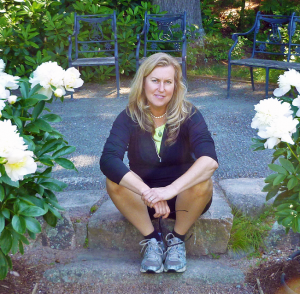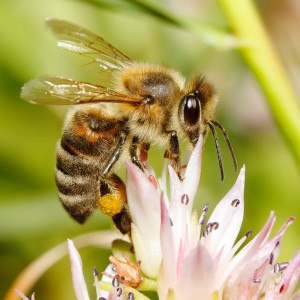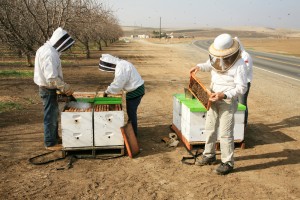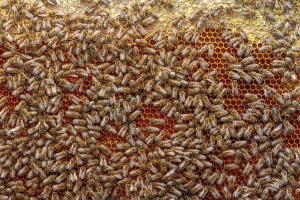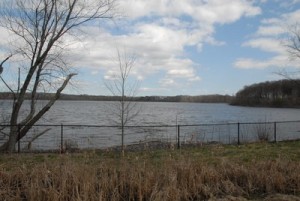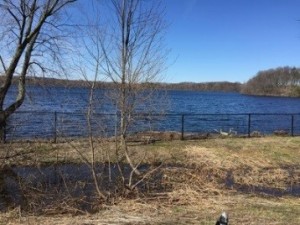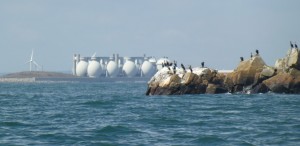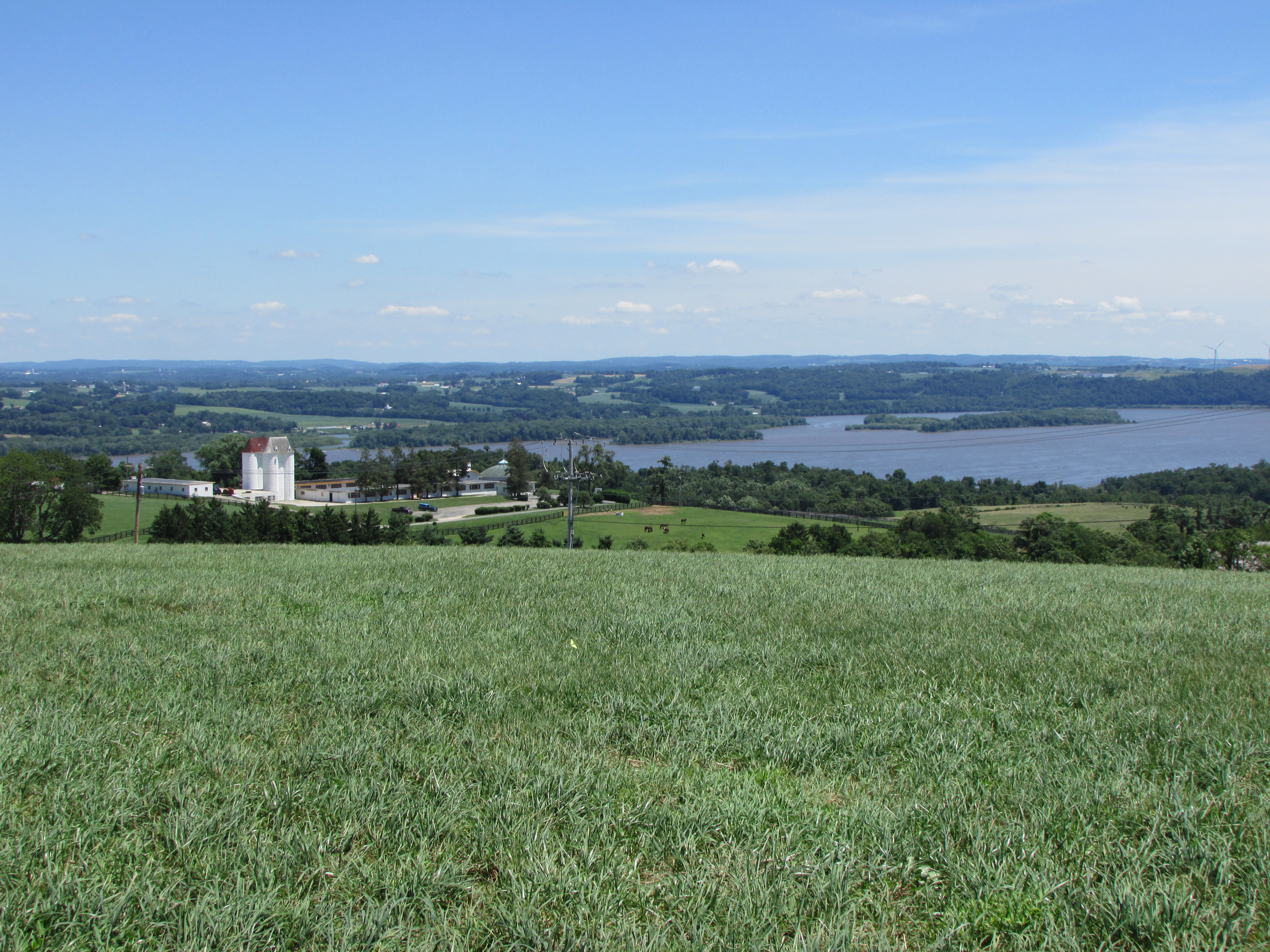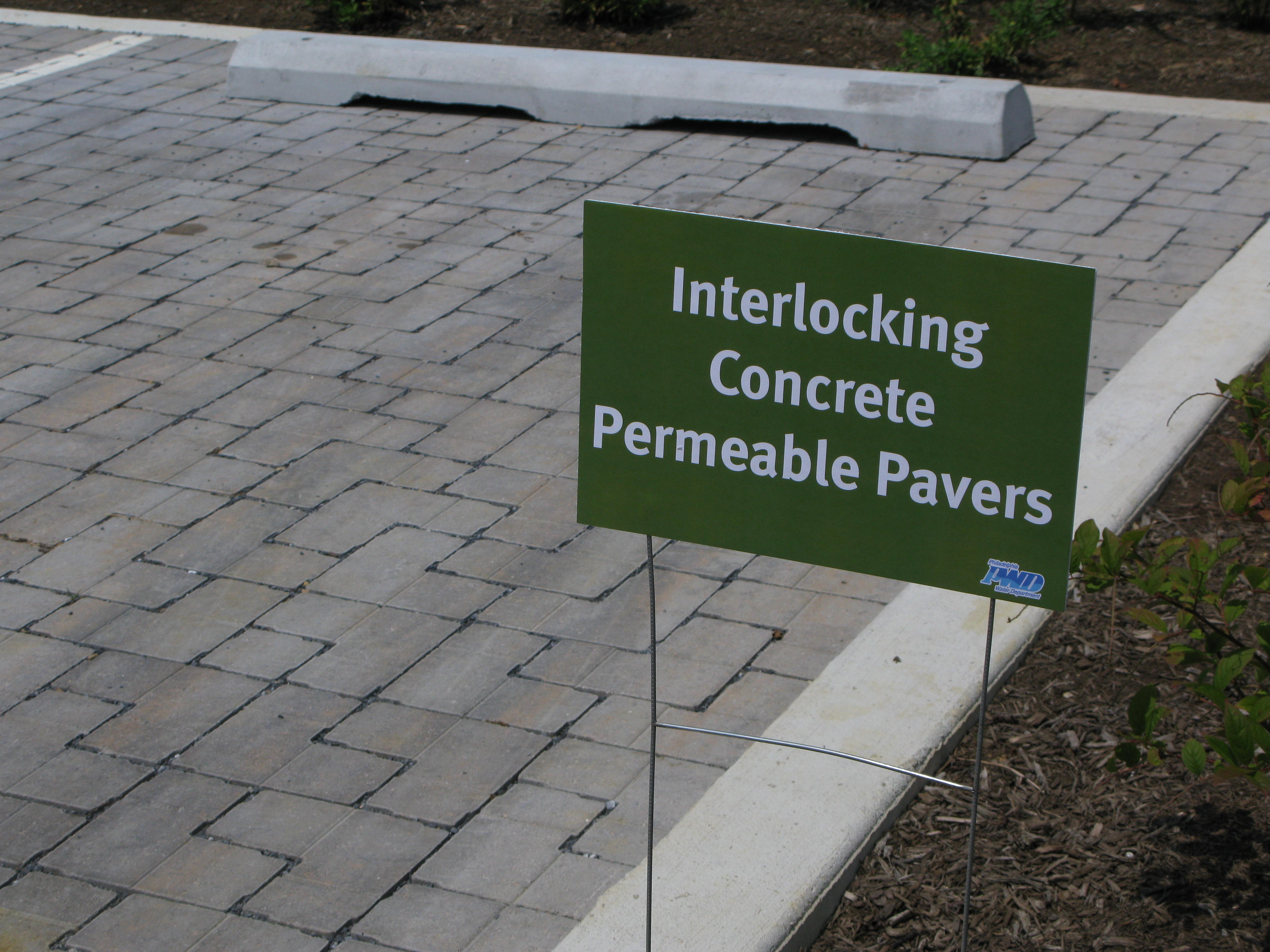EPA Grant to Schools Helps Bring Green Thumbs and Healthy Eating to Kirksville, Mo.
Introduction by Kathleen L. Fenton
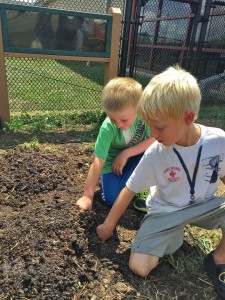
Teagan Scheurer and Levi Boyer plant pumpkin seeds at the Early Childhood Learning Center. Children will also help harvest the vegetables from their seeds.
EPA Region 7 awarded an Environmental Education grant in late 2015 that is funding gardening lessons and nutrition classes in the Kirksville School District in Kirksville, Mo. Karen Keck, project manager, has engaged various youth as students, interns and volunteers, not to mention the city’s businesses and senior residents.
Many hands-on, outdoor activities happened this summer. The following blog by Karen gives just a taste of what was accomplished. Besides the good work of the school district, my favorite part of this grant is seeing the happy faces of the students, as they learn about and engage in their environment.
By Karen Keck
The Green Thumb Project had a great summer of activities through the work of people taking the lead on projects at the school and in the community. Four summer interns and our grant coordinator, Josh Ellerman, and an AmeriCorps member, Derek Franklin, were employed in educating various groups about gardening and healthy eating.
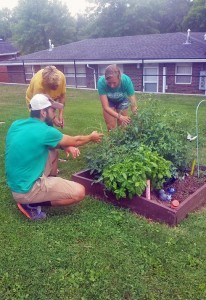
Derek Franklin works with a Village 76 resident and Green Thumb Intern Kaitlyn Meyer to check the health of the “veggie squares,” personal gardens created for residents.
Intern Cole Haugen maintained the garden at the Early Childhood Learning Center. Additionally, Cole presented interactive lessons to the children who attend the center during the summer.
Kaitlyn Meyer and Becca Elder were supported by the Kirksville Housing Authority to build, maintain and move “veggie squares” (4-by-4 raised beds) outside the doors of elderly residents at an independent living community, Village 76. They held events with this community through the summer, usually involving vegetables and herbs and plenty of conversation. Kaitlyn and Becca also contributed to educational activities at a subsidized housing area in Kirksville.
Amanda Thomas was hired to make t-shirts for the project, spruce up the learning garden at the schools, and find creative ways to advertise the project throughout the city. Justin McKean also worked at the learning garden, weeding and planting to keep it looking good throughout the summer and making sure it would be ready to use for classes and after-school programs when classes began.
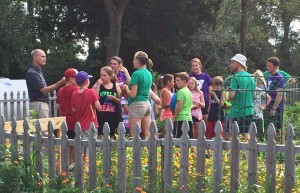
EPA’s Kris Lancaster (left) participates in an outdoor environmental education program, sponsored by the Kirksville School District in partnership with the Green Thumb Project.
Together, they led a “Seed to Plate” camp and presented garden programs to children enrolled in a YMCA summer program. Overall, a variety of engaging activities were implemented for a wide variety of people in Kirksville!
About the Introducer: Kathleen L. Fenton serves as the Environmental Education Program Coordinator in EPA Region 7’s Office of Public Affairs. She has worked with communities on environmental health issues, environmental education, and Healthy Schools projects for over 20 years.
About the Author: Karen Keck is the outdoor education coordinator for the Kirksville School District, and teaches environmental science, earth science and biology at Kirksville High School. She is the current chairperson of the Green Thumb Project Board of Advisors.

